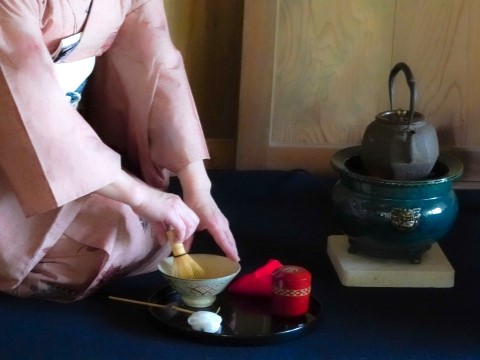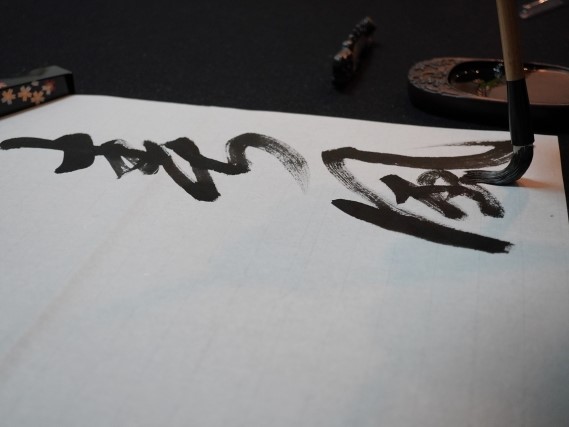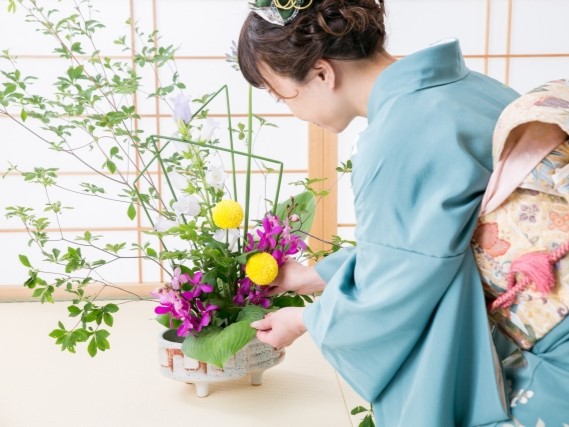The Cultural Background of Tatami and Tatami Edging
Tatami is a traditional flooring material that has been used in Japanese homes for centuries, dating back to the Heian period (794–1185). Initially, tatami was used as a luxurious furnishing in the homes of nobility, but over time, it spread to common households and is still widely recognized today as a key element of Japanese-style rooms. Tatami consists of a surface made from natural rush grass (igusa) and a base (tatami-doko) made from materials such as rice straw or foam. The soft texture and refreshing scent of tatami symbolize the harmony and beauty of traditional Japanese aesthetics.
Tatami edging (tatami-beri) is the decorative fabric applied to the edges of tatami mats. In ancient times, the patterns and colors of the tatami edging were used to signify social rank. Today, the variety of designs has expanded, and tatami edging is being rediscovered as a modern interior item that blends traditional and contemporary styles. Many of the beautiful patterns on tatami edging are inspired by Japan’s natural landscapes and seasons, making it a craft that bridges tradition and modernity.
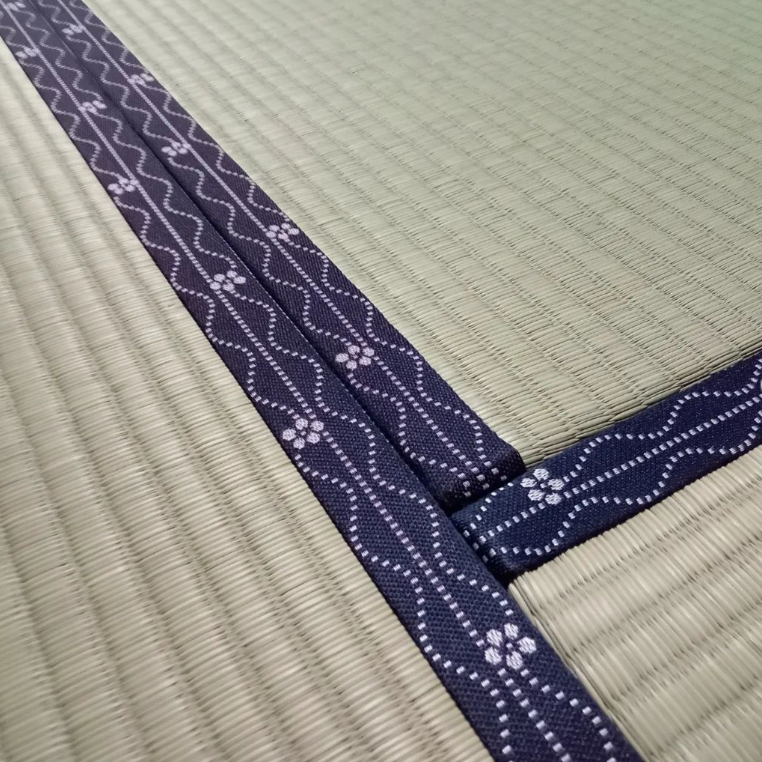
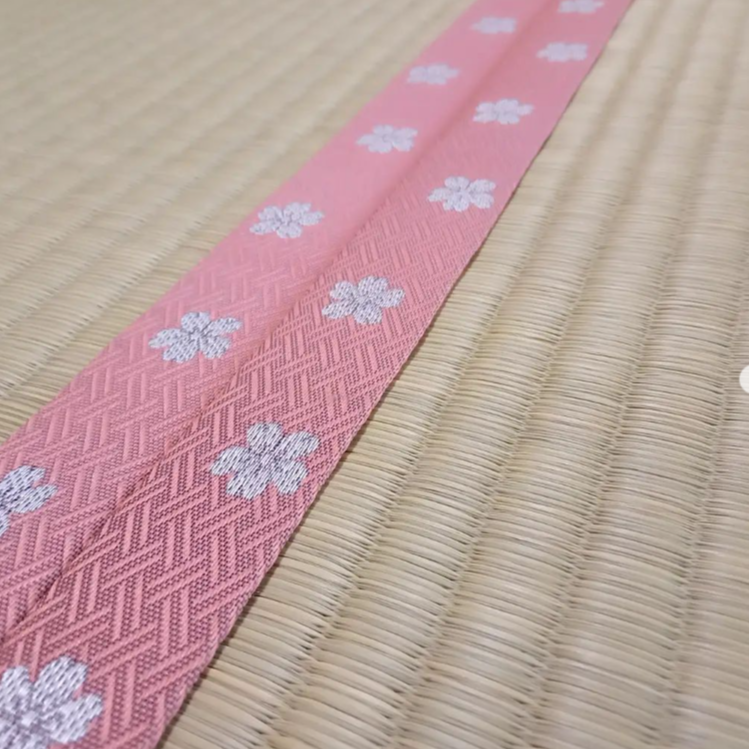
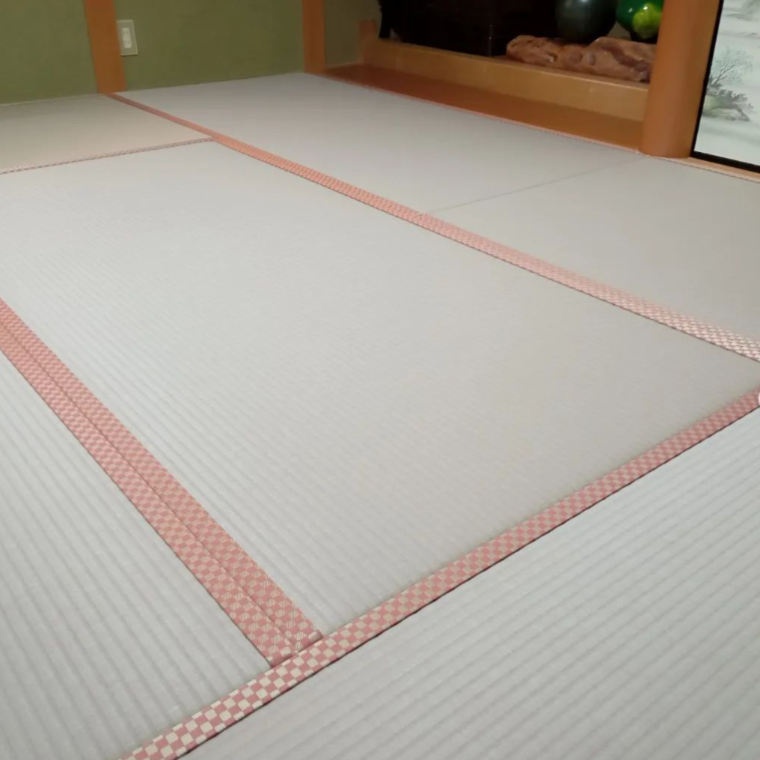
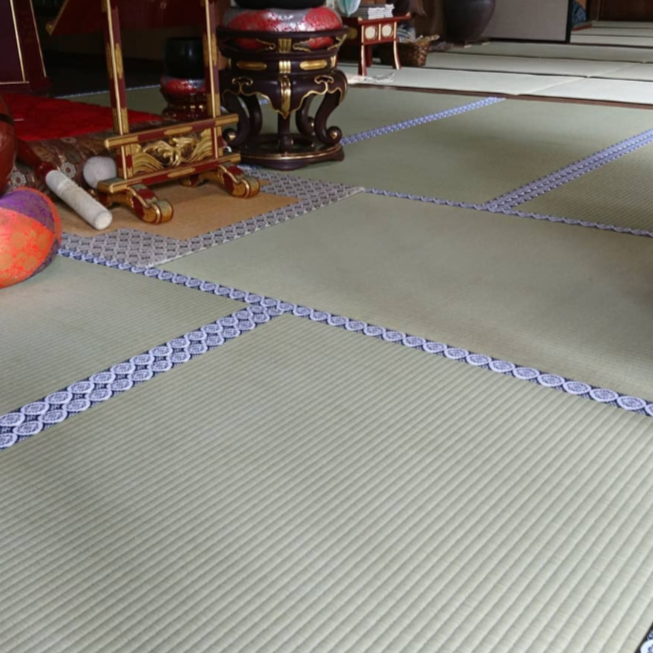
Japanese Traditional Culture
Japan’s culture is highly regarded around the world for its elegance and subtlety. Here, we introduce some key aspects of traditional Japanese culture that you can experience during your stay.
Tea Ceremony
The tea ceremony (sado) is more than just the act of making tea—it is a ritual that expresses Japan’s aesthetic sense and manners. Established in the 16th century, the tea ceremony is still practiced today as a way to find spiritual fulfillment and tranquility. Held on tatami mats, tea gatherings reflect the changing seasons through the selection of tea bowls and sweets, offering participants a chance to experience the spirit of “wabi-sabi,” Japan’s philosophy of finding beauty in imperfection and simplicity.
Calligraphy
Calligraphy (shodo) is the art of writing beautiful characters with a brush, and it is a symbol of Japan’s traditional culture. The balance of the strokes and the use of the brush are highly valued, making calligraphy more than just a writing technique—it is an act that sharpens the mind through the expression of a single moment. By participating in a calligraphy class, you can appreciate both the beauty of the characters and the spiritual depth behind the art.
Flower Arrangement (Ikebana)
Flower arrangement, or ikebana, is Japan’s unique art of arranging flowers to express the beauty of nature. In ikebana, not only the flowers themselves but also the harmony between the flowers, the container, and the surrounding space are emphasized. This art, which requires quietness and concentration, breathes new life into modern interiors while reflecting the deep connection to nature.
